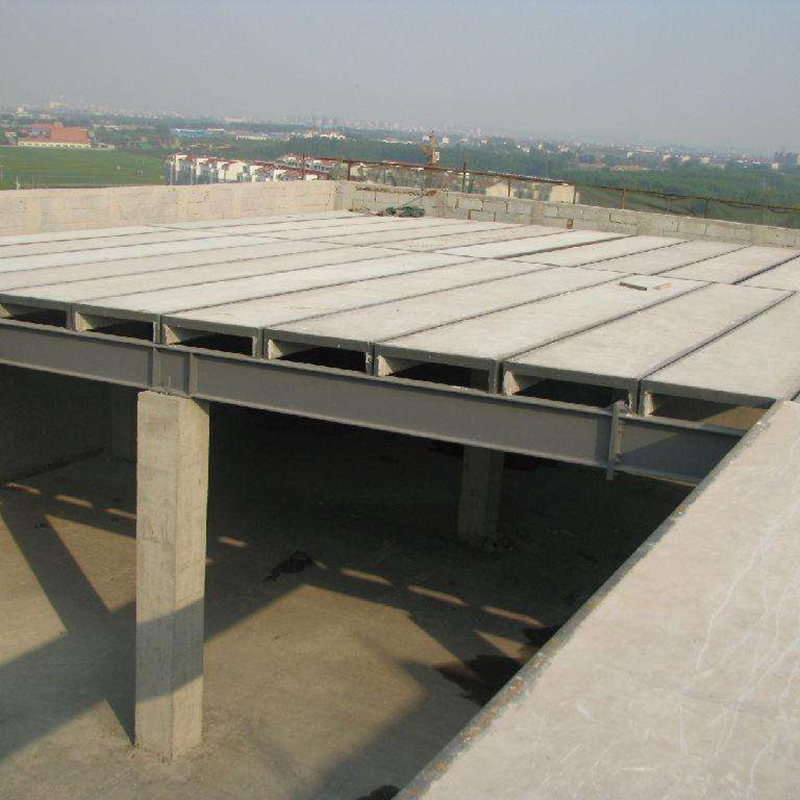1.The manual arc welding equipment is simple and easy to operate, which is suitable for welding in any space, especially for welding short welds.However, the production efficiency is low, the labor intensity is high, and the welding quality is closely related to the welder’s technical level and mental state.
2. automatic or semi-automatic submerged arc welding (arc welding)
Submerged arc welding is a kind of arc welding method that the arc burns under the flux layer.The welding wire feeding and the movement of welding direction are called submerged arc automatic arc welding which are controlled by a special organization; the welding wire feeding is controlled by a special organization, and the movement of welding direction is called submerged arc semi-automatic arc welding which is operated by workers.The welding wire of submerged arc welding is not coated with flux skin, but the welding end is covered by granular flux flowing automatically from flux leakage head. The arc is completely buried in the flux. The arc heat is concentrated and the penetration is large, which is suitable for welding thick plates with high productivity.Due to the use of automatic or semi-automatic operation, the welding process conditions are stable, the chemical composition of the weld is uniform, so the quality of the weld is good, and the deformation of the weldment is small.At the same time, high welding speed also reduces the range of heat affected zone.However, the assembly accuracy (such as gap) of submerged arc welding is higher than that of manual welding.
3. gas shielded welding
Gas shielded welding is a kind of arc welding method using carbon dioxide or other inert gas as the protective medium.It directly relies on the shielding gas to create a local protective layer around the arc to prevent the invasion of harmful gases and ensure the stability of the welding process.There is no slag in the weld melting area of gas shielded welding, so the welder can clearly see the forming process of the weld; because the protective gas is sprayed, it is helpful for the transition of the droplet; because the heat is concentrated, the welding speed is fast, and the penetration of the weldment is large, the strength of the weld formed is higher than that of manual arc welding, and the plasticity and corrosion resistance are good, so it is suitable for all position welding.But it is not suitable for welding in windy places.
4.Resistance welding
Resistance welding is to use the heat generated by the electric current passing through the surface resistance of the contact point of the weldment to melt the metal, and then to weld it under pressure.Resistance welding is only applicable to welding with stack thickness no more than 12mm.For cold-formed thin-walled steel members, resistance welding can be used to bond members with a wall thickness of not more than 3.5mm.
Post time: Jun-10-2020

